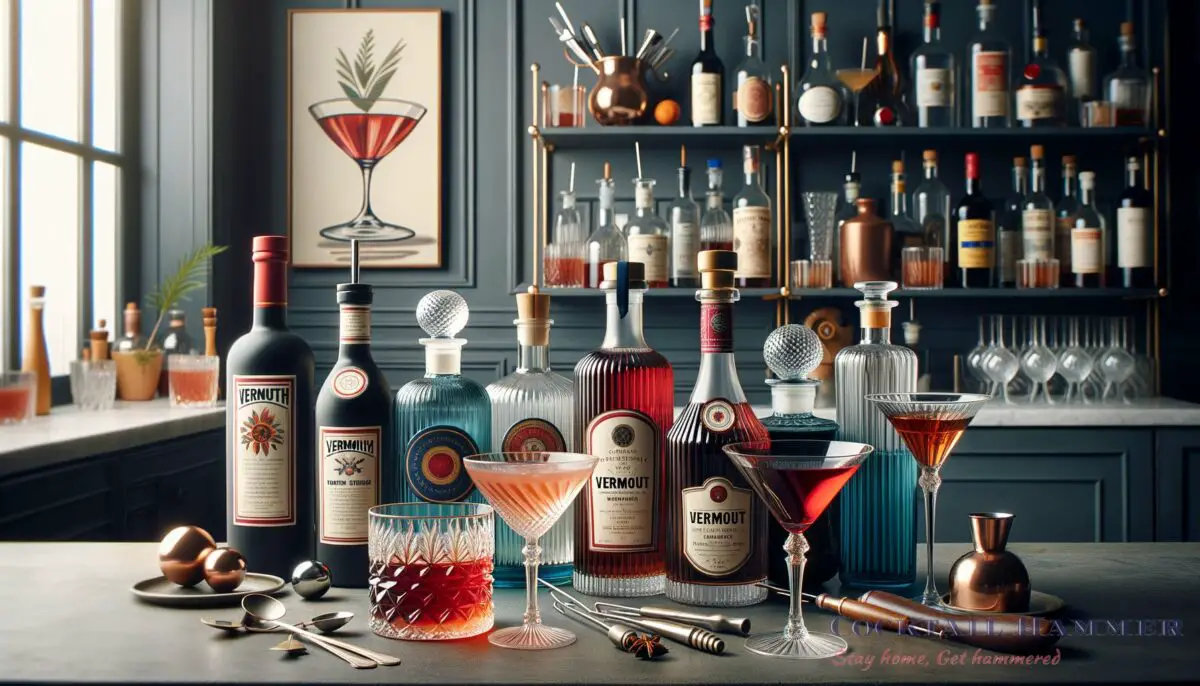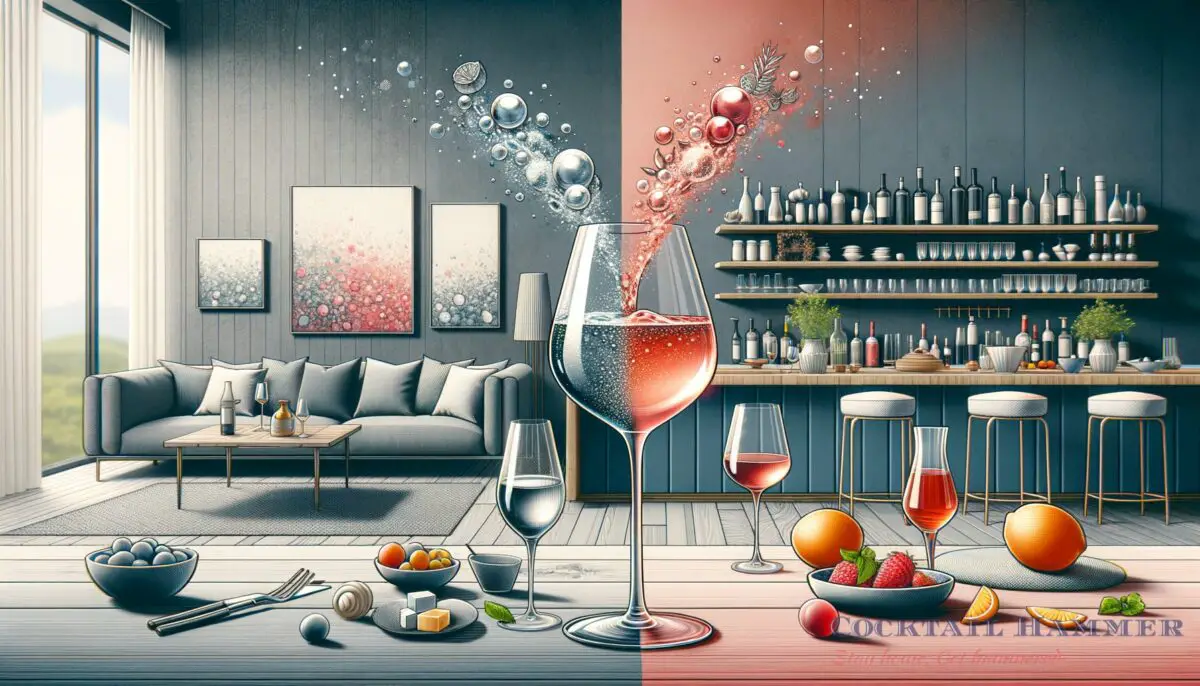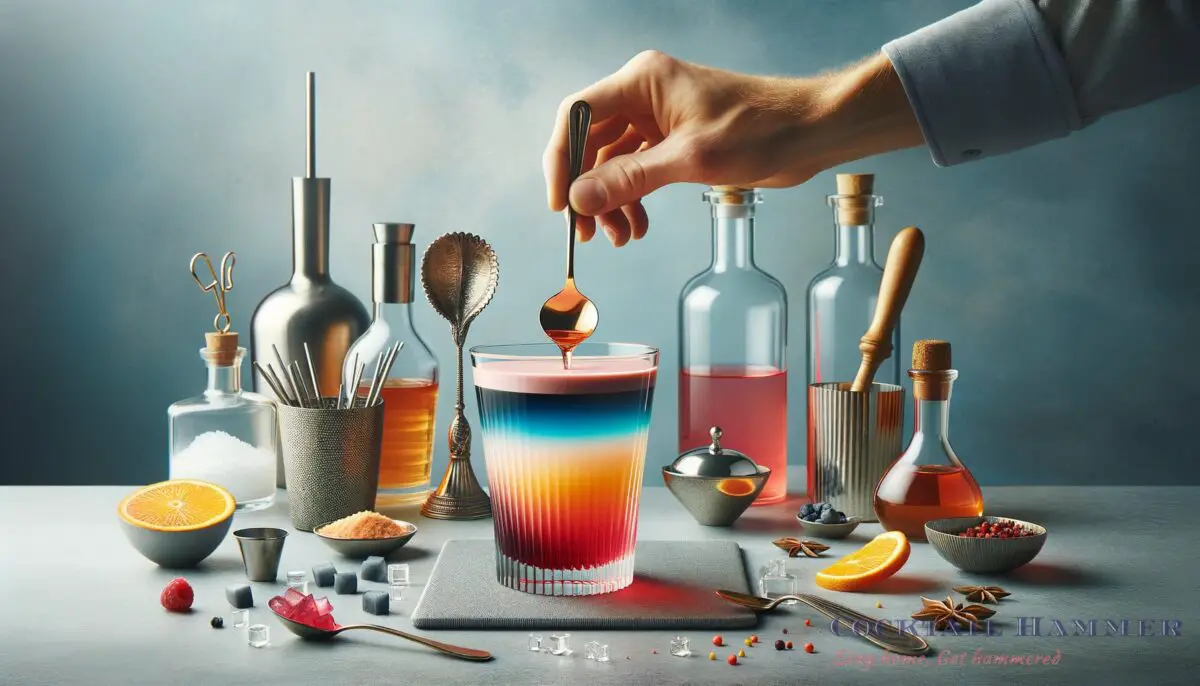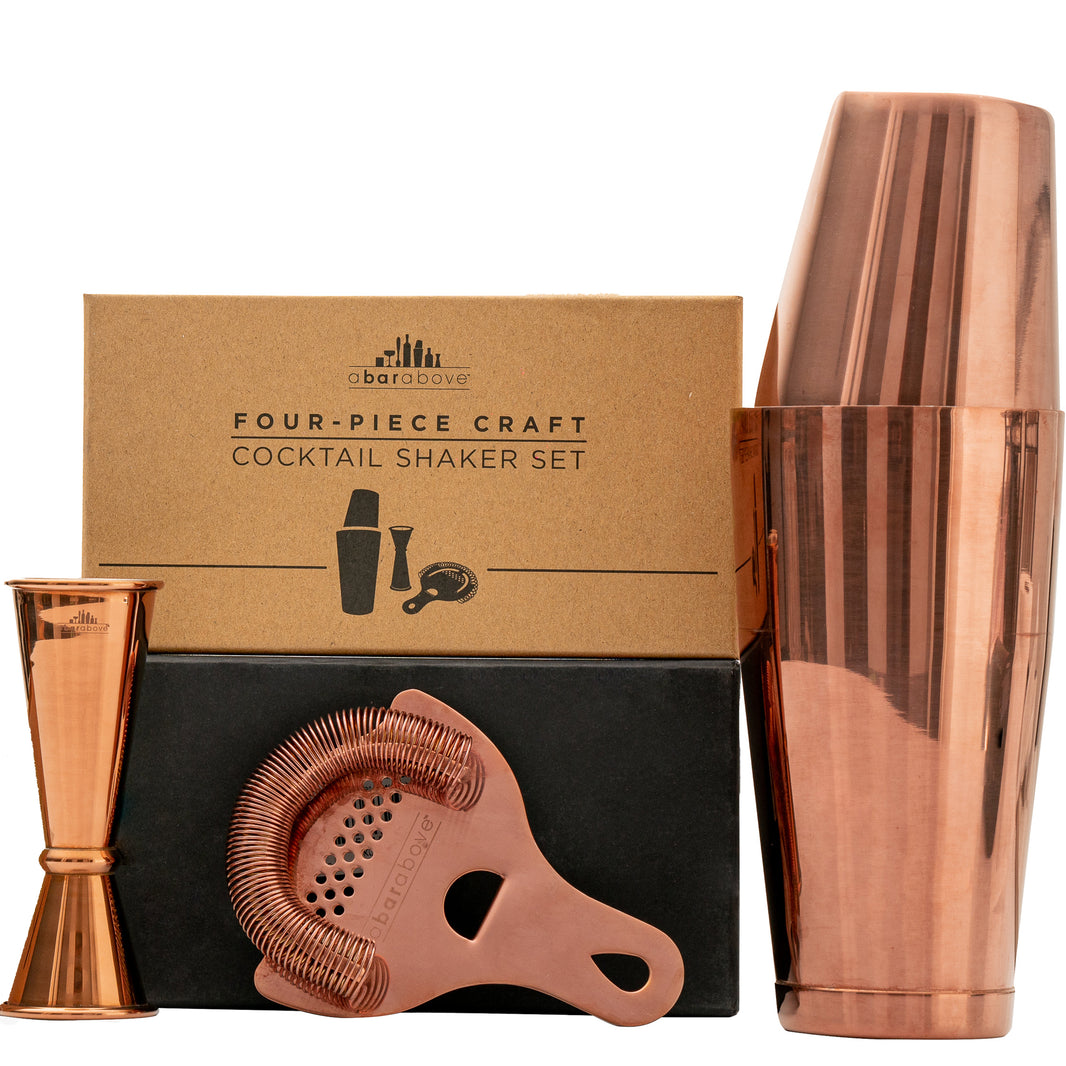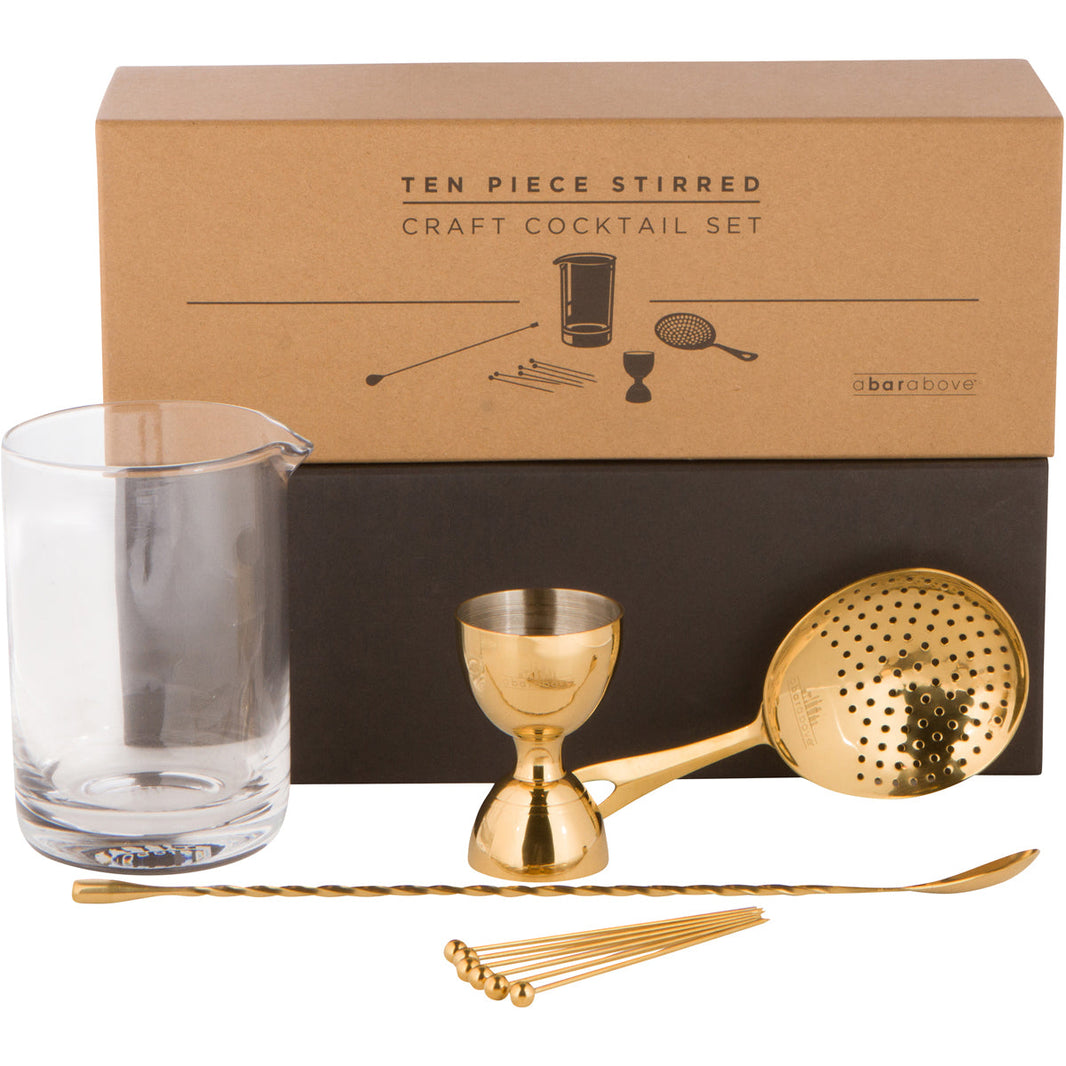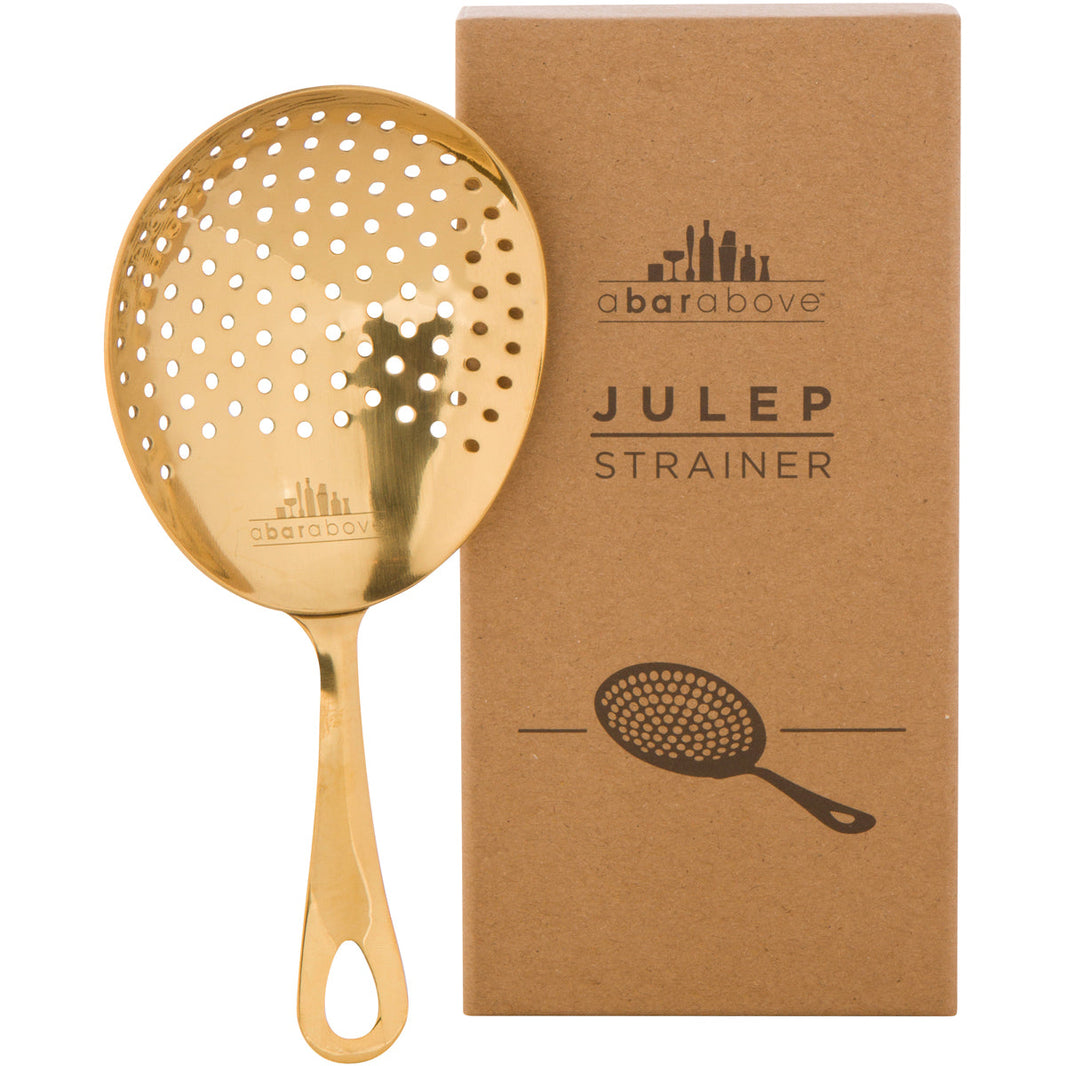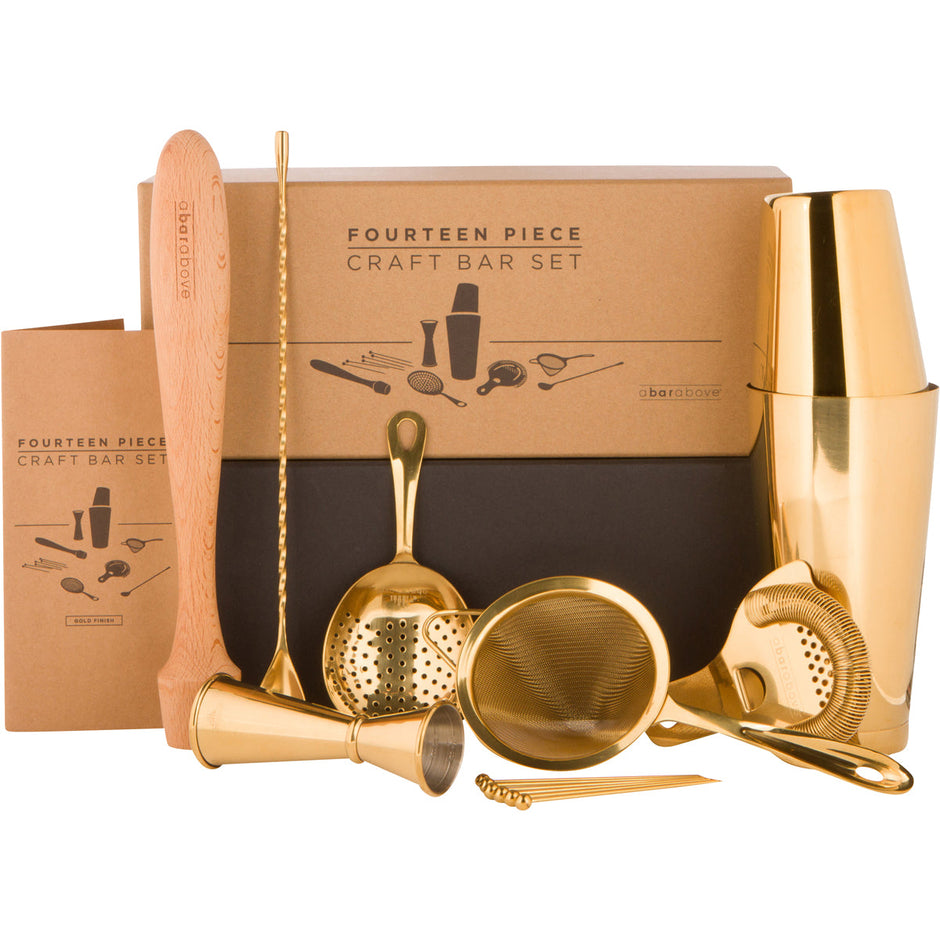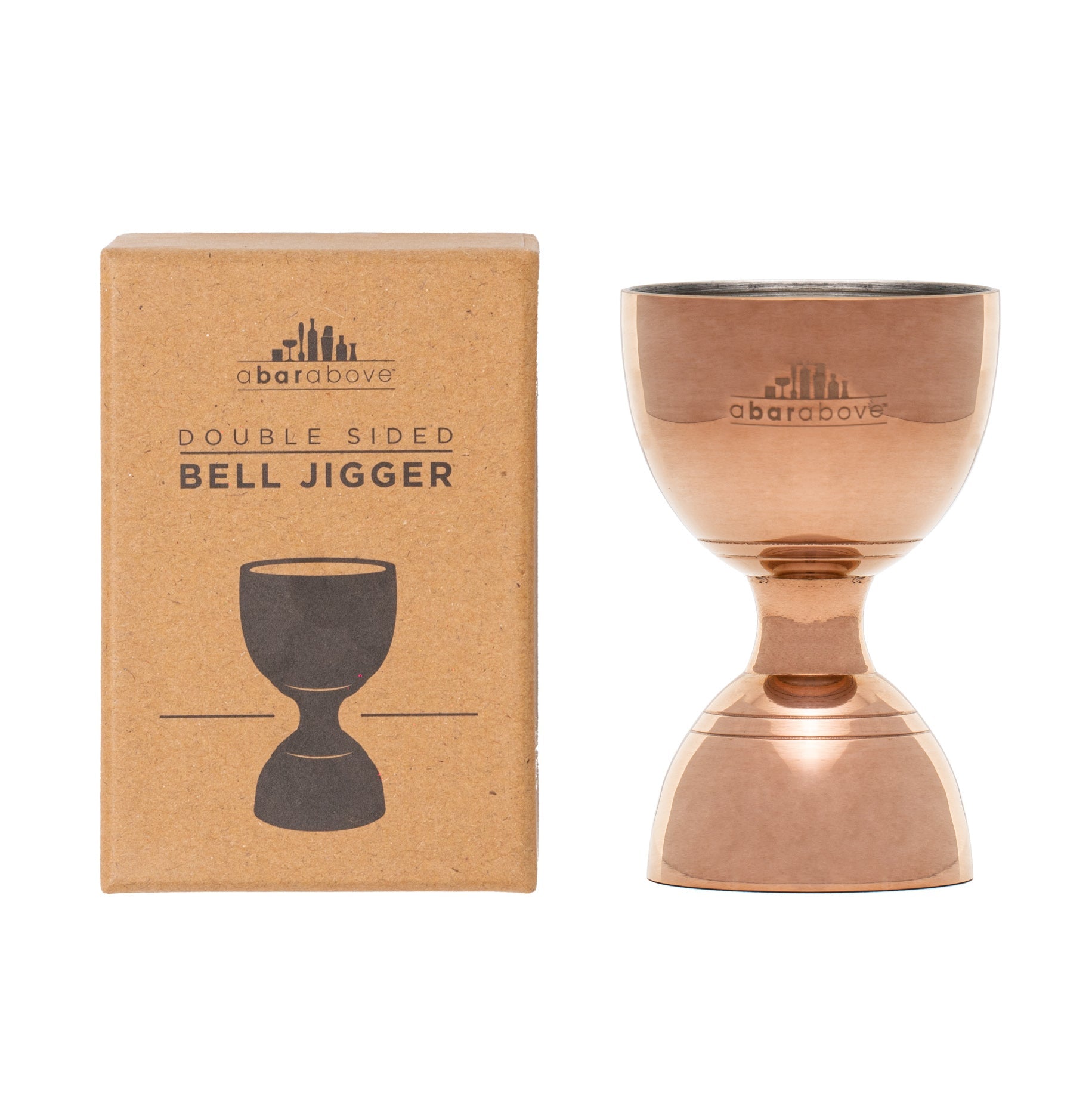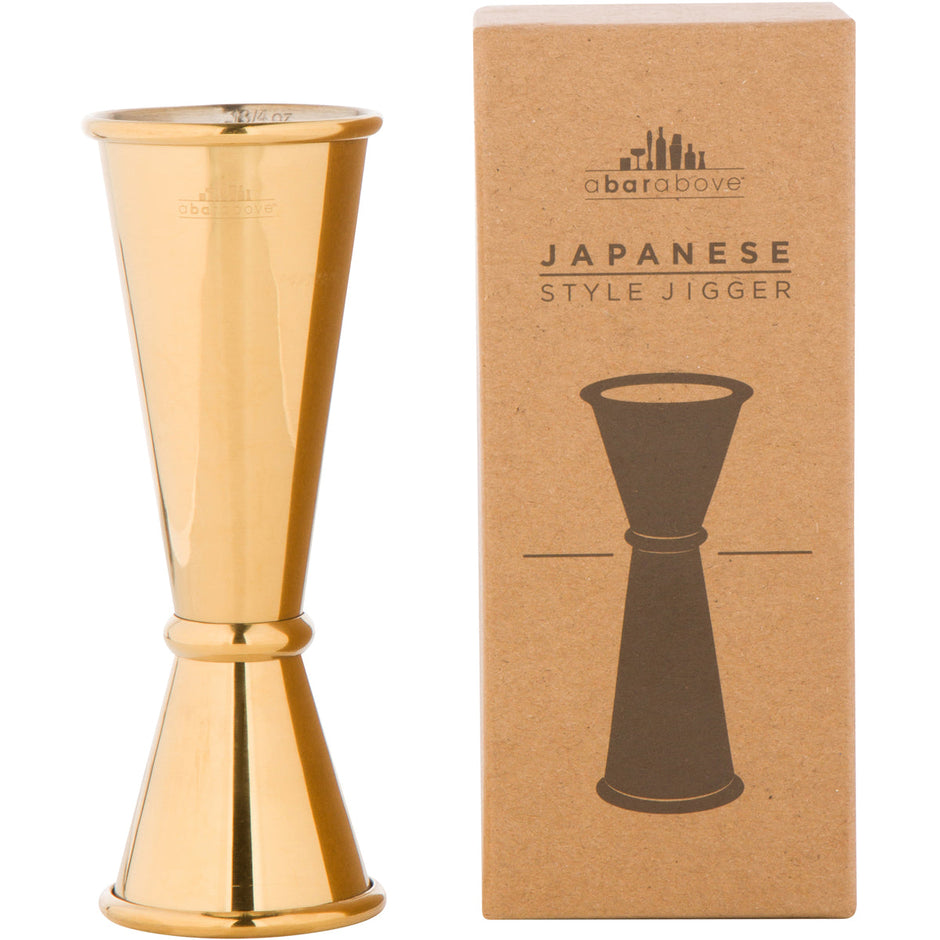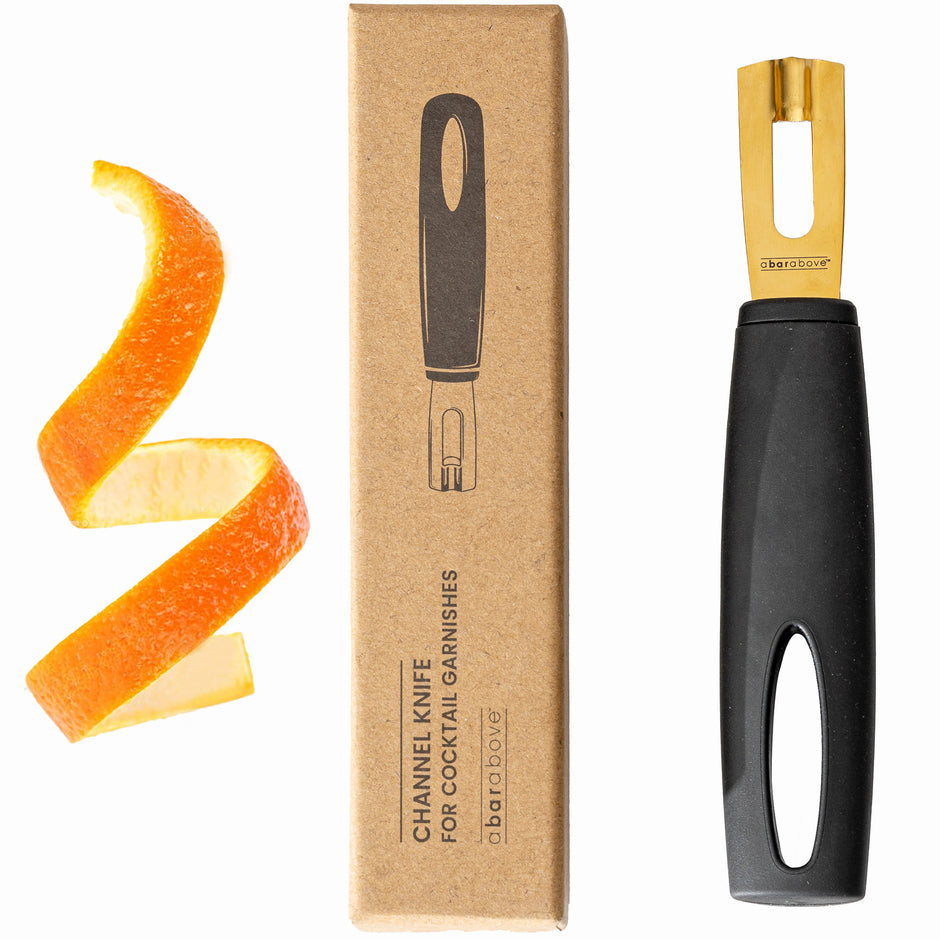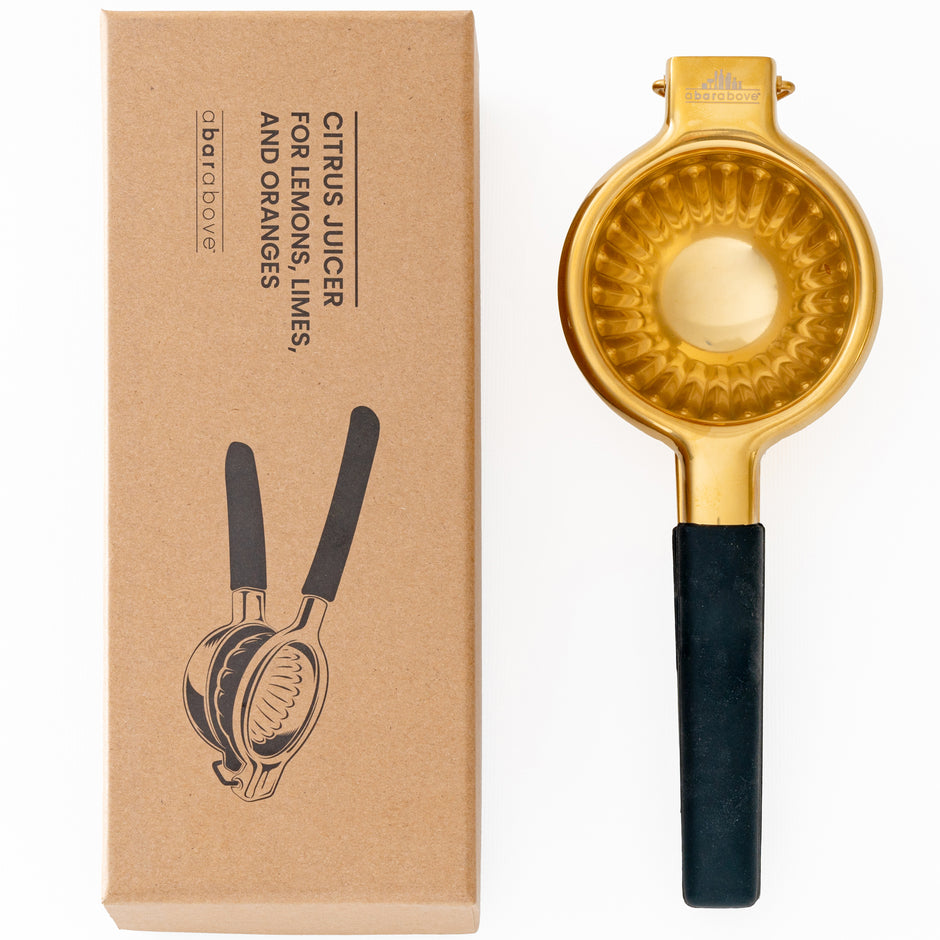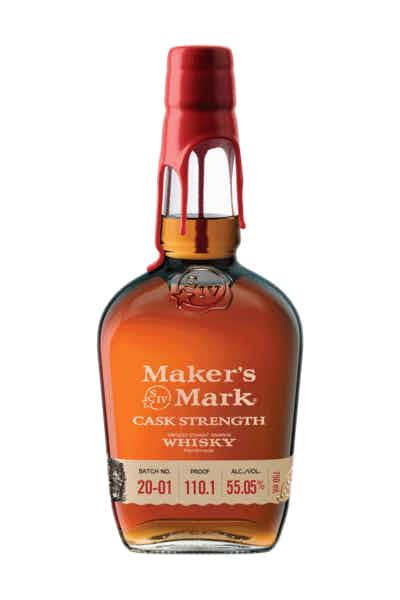Have you ever been in the middle of a fiery debate about whether a Sazerac calls for rye or cognac, only to realize that the real star is usually the overlooked absinthe rinse? That’s the magic of rediscovering historical liquors: they transform not just your drink, but the conversation. Just like finding the right tools can elevate your baking game with the best bakeware kits, exploring these forgotten spirits can revolutionize your home bar.
In this post, we’re peeling back the layers of time to give you an exclusive taste of liquor history.
Key takeaways
- Old spirits like Old Tom Gin are making a comeback, infusing modern mixology with history.
- Understanding each liquor’s origin enhances both the flavor and experience of your cocktails.
- Don’t let the mystique of forgotten spirits intimidate you; they’re worth exploring and enjoying.
- With historical liquors in your arsenal, you’re not just a bartender—you’re a time-traveling mixologist.
What spirits from bygone eras are making a comeback?
Diving into the world of spirits is like opening a treasure chest of history’s most prized elixirs. Today, we’re spotlighting classic liquors that are clawing their way back from the brink of obscurity. Internet forums and craft cocktail bars alike are buzzing with talk about these historic tipples, and I’m here to guide you through each one’s unique story and bold flavors.
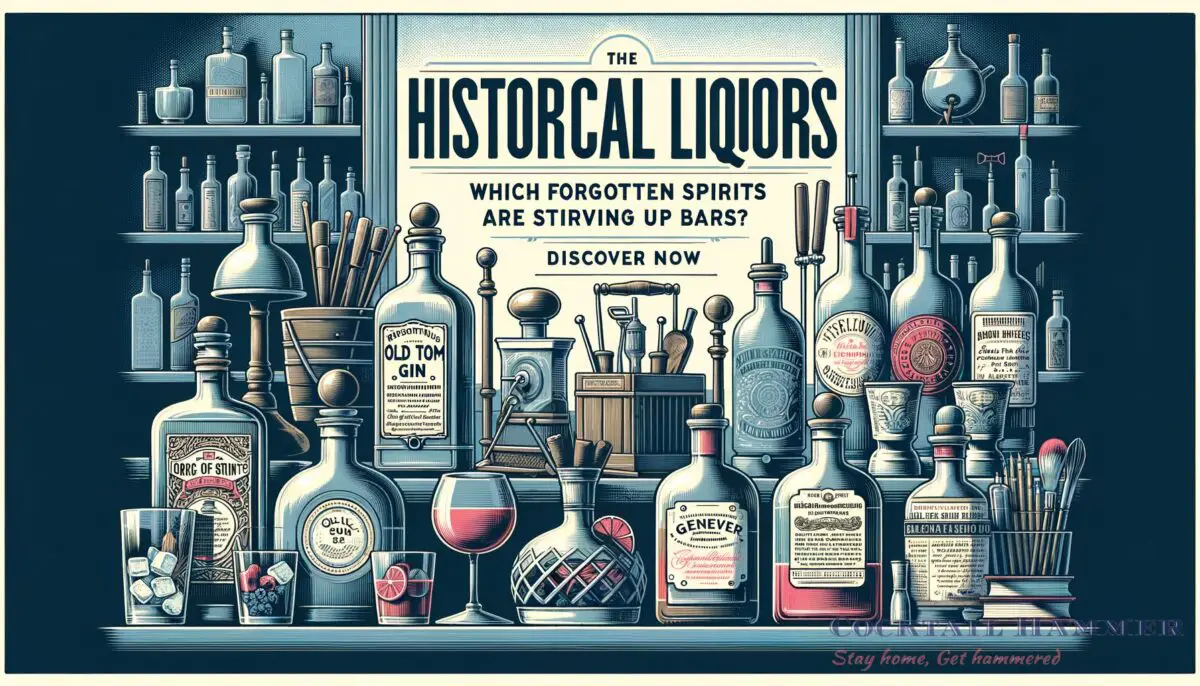
Let’s shake off the dust and pour a glass of the past.
1. Old Tom Gin
Long before London dry gin dominated the scene, Old Tom Gin reigned supreme. This slightly sweetened gin, which was a staple in 19th-century England, laid the foundation for many of the classic cocktails we sip today. It’s crucial in a proper Martinez, the ancestor of the martini.
Add class to your home bar by exploring the complex botanicals found in Old Tom—a bridge between the malty Dutch genever and today’s popular gins.
Crafting a Tom Collins? Then you’ll want the authentic flavor profile that only Old Tom can provide. Dive into the world of infused spirits at home by starting with a bottle of this historical gin.
Its subtle sweetness plays well with homemade syrups and offers a distinct edge over its juniper-forward cousins. Find it, and you’ll unlock a treasure trove of cocktail possibilities.
2. Genever
Speaking of genever, this is the granddaddy of gin that hailed from the Netherlands and loudly whispers its centuries-old story with every sip. If you adore whiskey, you’ll find genever intriguing, as it brings a similarly rich, malty profile unlike any gin you’ve tasted. It’s essential for an authentic Red Light Negroni, a twist on the classic that aficionados are bringing back into the limelight.
Genever is not just for sipping; it’s also remarkable in crafting the perfect coffee cocktails. The depth it adds to the mix can turn your home bar into a haven of historical taste sessions. Imagine your friends’ surprise when you serve up a concoction that dates back to the 16th century—now that’s a conversation starter.
3. Absinthe
Absinthe isn’t just a spirit; it’s a slice of bohemian Paris and a muse to artists and writers of the Belle Époque. Banned for nearly a century under false pretenses, this anise-flavored powerhouse is experiencing a renaissance. It’s the ghost in the machine of a truly crafted Corpse Reviver #2, bringing a complex botanical punch that’s both historic and hip.
Home mixologists, take note: absinthe requires a deft touch. A drop too much, and you’ll overshadow your cocktail’s nuances. When used correctly, the role of salt in cocktails is like absinthe’s—subtle yet transformative.
Brush up on your technique with cocktail photography and capture the “louche” effect when water meets absinthe—a mesmerizing ritual for the senses.
4. Rye Whiskey
Rye whiskey, once the quintessential American spirit, fell out of favor during Prohibition. But it’s striding back into the spotlight, pushed on by the craft cocktail revival. With its bold, spicy profile, rye whiskey is indispensable in a classic Manhattan or a robust Old Fashioned.
If you’re looking to add a traditional twist to your brunch cocktail menu, rye’s the way to go.
Not to be relegated only to cocktails, rye whiskey’s revival is also part of a larger exploration of whiskies beyond bourbon and rye—those traditional categories are just the tip of the iceberg. It’s an exciting chapter in the home bar narrative that calls for attention and appreciation. Pour a finger of rye and raise a glass to its historic roots!
5. Aquavit
Take a voyage to Scandinavia with aquavit, a dill or caraway-flavored spirit that’s making waves in modern bars. Usually enjoyed during festive occasions, it’s perfect for crafting cocktails with a Nordic twist. Aquavit’s herbal notes pair beautifully with citrus and seafood, making it a bold choice for an unconventional Bloody Mary on your perfect brunch cocktail menu.
“Pouring a finger of rye and raising a glass to its historic roots goes beyond just taste—it’s a toast to tradition. By infusing your cocktails with storied spirits, you’re not simply mixing a drink; you’re awakening stories, unlocking complexities, and offering a sip of history.”
For those interested in extreme environment-inspired cocktails, aquavit contributes a sense of icy fjords and Northern lights to your concoctions. Whether bolstering the botanical elements of a savory cocktail or sipped neat as tradition dictates, aquavit is a lush field in the landscape of forgotten spirits worth traversing.
Each of these time-honored liquors offers a glimpse into the past and a flavor that can enliven any drink menu. Incorporate these into your home bar, and you’re not just serving drinks—you’re pouring history.
More historical liquor tips
When you’re venturing into the realm of historical liquors, every little detail counts. These more tips are designed to not only enhance your libations but also to deepen your appreciation for each spirit’s unique character and heritage. Let’s raise the bar on your home bartending game.
- Research the history of each spirit to understand its origin and traditional use.
- Experiment with different brands to find the one that best suits your palate and recipes.
- Attend tastings or workshops to expand your knowledge and refine your tasting notes.
- Pair these spirits with appropriate mixers and garnishes that complement their distinct flavors.
- Store your spirits properly to maintain their quality and authenticity.
When looking at dos and don’ts, it’s essential to keep in mind that the wisdom of ages past still applies to modern mixology. A well-crafted cocktail is a symphony of flavors, and playing by the rules can usually elevate your creations to new heights. Let’s mix up tradition with just the right amount of innovation.
| Do | Don’t |
|---|---|
| Do use the correct glassware for each spirit and cocktail. | Don’t overpower delicate historical liquors with too many mixers. |
| Do measure ingredients accurately for balanced flavors. | Don’t ignore the importance of ice in cocktails. |
| Do garnish appropriately to complement the drink’s profile. | Don’t rush the process – good cocktails take time. |
| Do educate guests about the history of the drinks they’re enjoying. | Don’t stop exploring – keep trying new things! |
These tips serve as stepping stones to mastering the art of mixing with historical spirits.
Advantages and disadvantages of using historical liquors
The resurgence of historical liquors in mixology isn’t just a fad; it’s a reconnection with our spirited past. But like any journey through time, there are pros and cons to navigating these waters. Whether these spirits will be the mainstay of your personal speakeasy or occasional guest stars, it’s worth weighing the upsides and potential pitfalls.
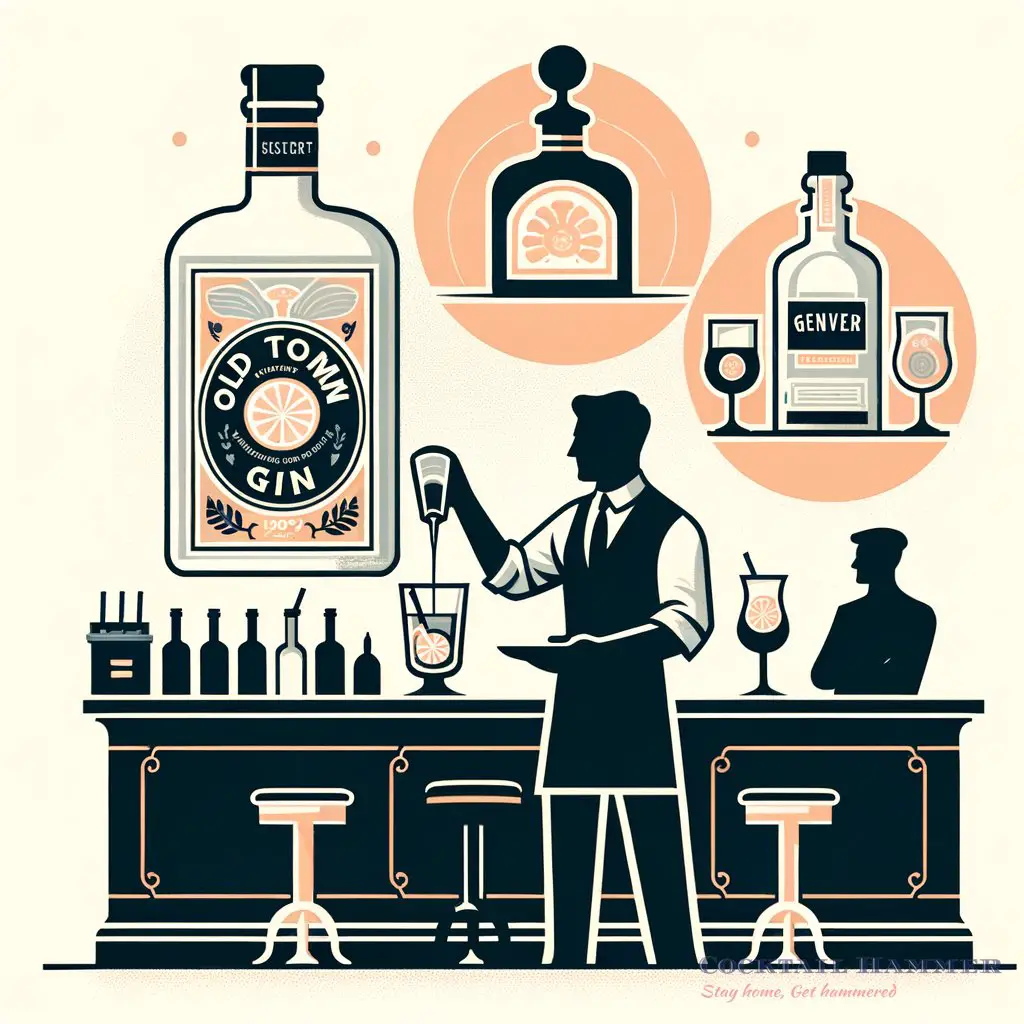
Advantages
- Innovative flavor profiles: Historical liquors provide a unique taste that can’t be found in modern spirits.
- Boosts cocktail authenticity: Using original ingredients enhances the historical accuracy of classic cocktails.
- Educational experience: Each bottle comes with a story, enriching your knowledge of liquor history.
- Distinguish your bar: Having these spirits on your shelf sets you apart from the average cocktail enthusiast.
Disadvantages
- Limited availability: Some historical liquors may be harder to source or more expensive.
- Potential for high cost: Rarity usually comes with a higher price tag, impacting your budget.
- Steep learning curve: These spirits can be challenging to work with and require a refined palate.
- Overwhelming flavor dominance: If not used judiciously, they can overpower other ingredients in a drink.
In my opinion, and remember I’m just a stirred not shaken kind of guy, there’s something undeniably alluring about resurrecting these ghosts of libations past. They carry with them the whispers of speakeasies, the clinking glasses of the Belle Époque, and the spirits of age-old traditions that refuse to fade into obscurity. Adding them into modern mixology is like time travel for your taste buds.
History in a highball? Yes, please. Just take a look at the psychology of cocktail menus and how they’re designed to enhance your drink experience—you’ll see how historical liquors can play a pivotal role in creating that perfect ambiance.
It’s clear that these venerable elixirs are more than just relics; they are the vitality in the veins of contemporary cocktail culture. But they’re not without their quirks. It takes a curious palate and a respectful nod to tradition to blend them seamlessly into today’s trends, and that’s an adventure worth toasting to.
Let’s dive into the anatomy of a perfect brunch cocktail menu and imagine the possibilities these spirits could add to it!
If you are a visual learner, check out this video titled ‘A History of Alcohol’
Frequently asked questions (FAQ)
What’s the best way to store historical liquors to preserve their flavor?
Just like all fine spirits, historical liquors should be stored upright to avoid contact with the cork, which can alter the flavor over time. Keep them in a cool, dark place away from direct sunlight to maintain their integrity. Temperature fluctuations and exposure to heat can speed up the aging process and lead to undesired changes in flavor.
Can historical liquors be used in modern cocktails?
Absolutely! Historical liquors are not just for classic cocktails; they’re a treasure trove for the creative mixologist. With a keen understanding of their unique profiles, these spirits can complement and elevate modern concoctions.
They bring depth, complexity, and a touch of the unconventional to any drink.
Are historical liquors more expensive than regular spirits?
Historical liquors can vary widely in price. Some, like absinthe or certain rye whiskies, have gained enough popularity to be priced competitively with other premium spirits. Others, due to their rarity or intricate production processes, may come with a heftier price tag.
It’s all about finding the right bottle that fits your budget and your palate.
Final thoughts
As we put the cork back in this deep dive into the world of forgotten spirits, remember that what’s old can always be new again—especially in the realm of mixology. Historical liquors bring character, depth, and a touch of antiquity to our contemporary glasses. Armed with these newly rediscovered elixirs, you now have the power to not just make drinks, but to give your guests a flavorful tour through history.
What historical spirit has piqued your interest? Did I cover everything you wanted to know? Let me know in the comments section below—I read and reply to every comment. If you found this article helpful, share it with a friend, and check out my full blog for more tips and tricks on historical liquors.
Thanks for reading and here’s to your next spirited adventure!




